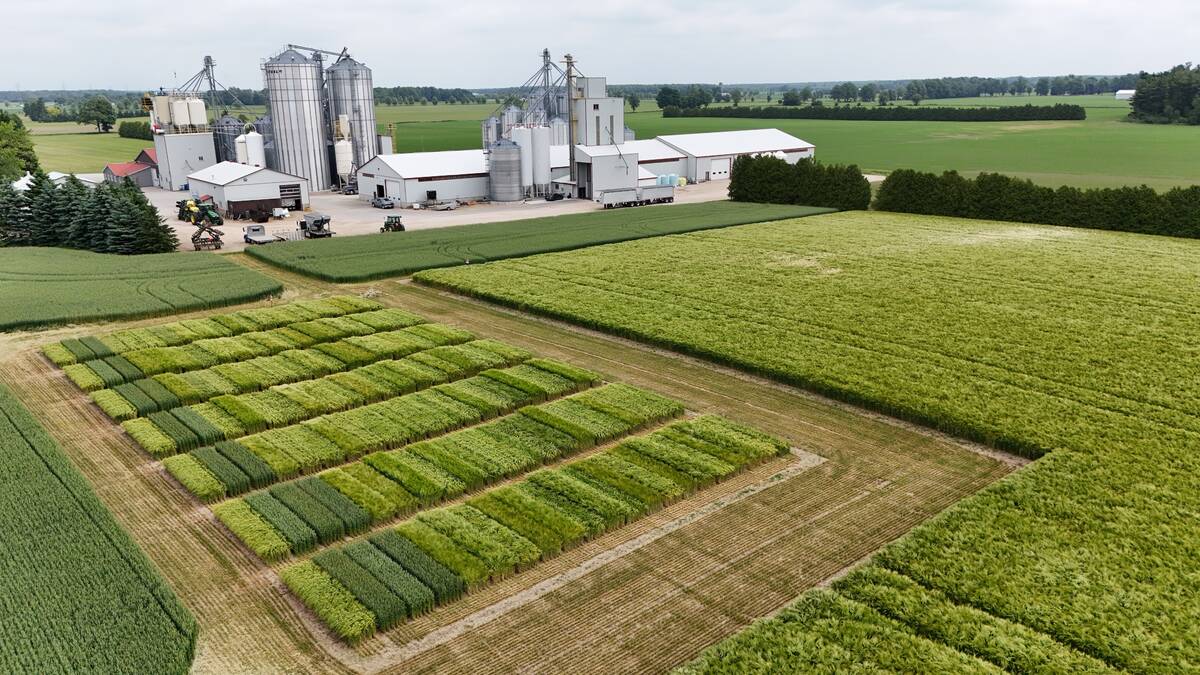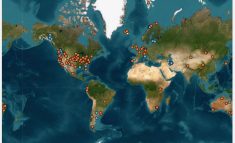Research completed by Agriculture and Agri-Food Canada (AAFC) and University of Guelph researchers indicates that Ontario corn producers may soon have a more reliable tool for nitrogen (N) fertilizer rate recommendations ahead of planting.
Why it matters: Fertilizer prices have increased significantly, so more accurate methods of measuring nitrogen in a field can help save nitrogen cost.
Currently three options are available for growers to determine N rates in corn for the growing season: Pre-Plant Nitrate Testing (PPNT), Pre-Sidedress Nitrate Testing (PSNT) and the Ontario Corn N Calculator.
Read Also

Winter cereals beyond wheat gaining traction
Winter cereals such other than wheat, such as barley, could provide better yield and rotation options for Ontario growers.
Both PPNT and PSNT involve nitrate testing but have limitations on their accuracy by different factors such as climate.
“If you have a very wet spring, you could get a nitrate test result, the PPNT, that shows a high value but then you get a lot of rainfall, and the nitrate leaches leading to an N deficiency. If you don’t apply enough N then you are going to see some yield loss,” says Jessica Stoeckli, analytical chemist at AAFC and lead project researcher. The research was also funded by the Grain Farmers of Ontario
The soil’s ability to hold N plays a role as well.
“Typically, N availability to a plant is also dependent on the soil texture. Clay soils tend to hold onto N and make it unavailable to the plant through various mechanisms, even though there is plenty of it in the soil. In sandy soils, N tends to leach faster because they are more porous,” says Stoeckli.
Also, both types of testing, PPNT and PSNT, are calibrated to evaluate fields that have not received N fertilizer and doesn’t include organic sources of N, such as manure or legumes from the previous year. When PPNT and PSNT are used in situations that don’t meet this criteria, it’s difficult to identify where the test nitrate value is coming from, therefore making it difficult to adjust the N fertilization rates.
“If the field that is being tested currently has any broadcast nitrogen fertilizer, and organic sources, such as manure or legumes, or cover crops in previous years, these tests don’t directly take that into account to make a recommendation,” says Colin Elgie, soil fertility specialist with the Ontario Ministry of Agriculture, Food and Rural Affairs (OMAFRA).
Part of the uncertainty with the PPNT recommendations is because of nitrogen’s relationship with water. Nitrogen moves into plants as nitrate or ammonium in a solution with water in the soil. In very dry conditions, if the plant can’t access water, it won’t be able to use the N, no matter how much is in the soil.
OMAFRA, along with Maizex and soil scientists with Shahr-e-Kord University in Iran collaborated on the research project with AAFC and the University of Guelph. Elgie says eight different laboratory tests were used to try to identify which test correlated best to actual nitrogen availability to the crop, as well as how that nitrogen performed in relation to yield and the maximum economic rate of N (MERN).
One of the tests used was a water-extractable mineral N (WEMN) test, which uses water instead of Potassium Chloride (KCl) solution.
Although more testing still needs to be completed, Elgie told Farmtario that the WEMN test had the most consistent correlation to the MERN, as well as yield, compared to the other tests.
As well, this testing shows consistent results across all soil types, a method suitable for growers with variable soils.
WEMN testing is completed within the same time frame as PPNT, which is an added benefit for growers.
“It’s incredibly difficult, time consuming, and it’s hard to get a lot of farmer and agriculture retail uptake when it’s PSNT, just because it’s more labour intensive. You have to go into a standing crop and not run it down,” says Elgie.
“Our goal of this test was to capture water soluble organic N that is mineralized over the growing season. This WEMN may be extracting a pool that is related to that organic matter N pool in your soil,” says Stoeckli.
“The big part of the lesser known is the amount of N that’s already in the soil, and the organic matter that’s floating around in the soil solution that’s we’ve already got in the field and will become available through the year,” says Elgie.
It’s difficult to predict how much of that will become available to our crop. Being able to predict the amount of N the soil will supply to the crop during the growing season will allow more accurate fertilizer recommendations.
There is more research to be completed says Soeckli.
“There is more intricate research that needs to be done [to answer the question] ‘why is it that the [WEMN] does show a better correlation to plant available N compared to the other tests?’ It could be that it’s extracting a different pool of N within the soil,” says Stoeckli, noting that longer term field validation trials also need to be done before the test can be used across the province.
“With increased fertilizer prices I’m sure farmers are feeling the pinch, and anything we can do to reduce that cost and maintain yield is something we should focus on,” says Stoeckli.















